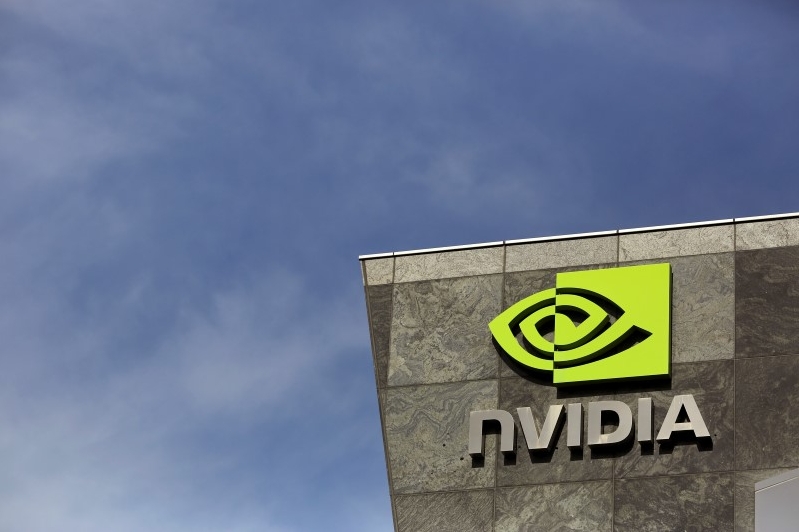
This CES has seen NVIDIA making a slew of announcements -- and the crowds loved it. After all, NVIDIA has risen prominently in recent years, seeing its stock value triple, not to mention is well on its way to cementing its importance in the world of chip manufacturers. Their keynote has certainly brought more focus to their GPUs as well as the realm of artificial intelligence (AI).
With the computing industry turning its head to AI and deep learning ability in a myriad of ways, not the least self-driving vehicles, NVIDIA has clearly entrenched themselves in a very favorable position. Their GPU technology is capable of improving machine learning capability and going through huge amounts of data and processing them.
Co-pilot integrated into autonomous drive computer
NVIDIA's teaser of their Co-Pilot, a driving computer, is certainly more than welcome. Touted to be a powerful system using their own Xavier drive computers, Co-Pilot is an AI assistant for drivers. It will obtain and go through data put forward by a myriad of sensors in and around the car, and then work on what is happening on the road in real-time. From there, Co-Pilot will inform drivers through voice or other methods that some proactive measures need to be taken. NVIDIA CEO Jen-Hsun Huang mentioned, “This car has incredible perception capability if only the AI was running all the time. We believe the AI is either driving you or looking out for you. When it’s not driving you, it is still completely engaged. Even though it doesn’t have the confidence to drive — maybe the mapping has changed, or there are too many pedestrians. It should still be completely aware, and it should continue to look out for you.”
From what we know, it does seem as though NVIDIA will need to work with other automobile manufacturers to really make their Co-Pilot system a success. The first step has already been taken, partnering with Audi. This partnership is hoped to deliver NVIDIA's AI driving technology to the masses by the time 2020 rolls around.
GeForce Now delivers the possibility of a cloud-based gaming rig
GeForce Now will certainly make gaming less expensive for the masses. Being an on-demand gaming service, it will make full use of NVIDIA’s GPU-driven cloud service. In other words, it does not matter just what kind of laptop specifications you have (graphics-wise, the processor still matters), as long as you are connected to GeForce Now, you can utilize NVIDIA’s supercomputer grid in order to enjoy games at Full HD resolution and 60fps. GeForce Now will begin from this March 2017, costing you $25 for every 20 hours of game time. In the long run, having a dedicated graphics card is still far more affordable for the moment, so it would be interesting to see if economy of scale can bring down the cost in the future.
NVIDIA Shield gets 4K upgrade with integrated Google Assistant
Old hardware has also been given a refresh this CES as the NVIDIA Shield receives 4K streaming ability. This is made possible thanks to the integrated streaming support for 4K content over Netflix and other different compatible services. Far more powerful than its predecessor, the new Shield 4K will sport Google Assistant right out of the box. Not only that, NVIDIA wants to challenge Amazon's Echo as well with the introduction of NVIDIA Spot, an always-on listening device which can be installed just about anywhere in and around your home -- even multiple Spots are possible to offer voice control through Assistant regardless of where you are.
Streaming games live on Facebook
Are we ending up as a more voyeuristic society? Perhaps, and gamers who utilize the GeForce Experience will now gain the ability to broadcast straight to Facebook Live. This will certainly make the executives at Twitch sit up and take notice, as Facebook continues in its attempts to enter the game streaming marketplace. The live streaming marketplace is certainly worth investing in, and as long as you play games within the GeForce Experience, you will be able to hook up with a mere couple of clicks.







